Tailless Aircraft: How Airplanes Fly Without a Tail
Pilot Institute
JUNE 4, 2025
A tailless airplane is one where everything needed to fly, like lift, control, and stability, is built into the main wing. In level flight, the aircraft is adjusted so that the wingtips dont add lift. Use of Reflex Airfoils Ever notice how many tailless aircraft have wings that curve at the trailing edge?



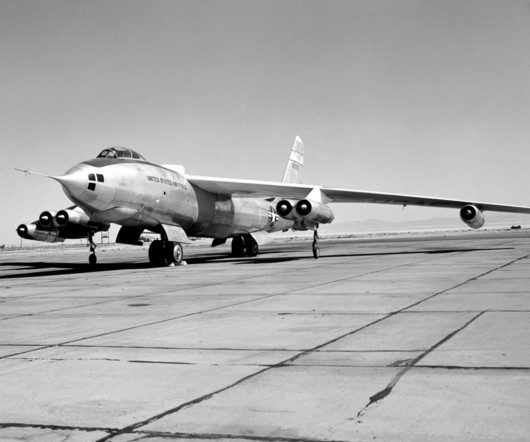
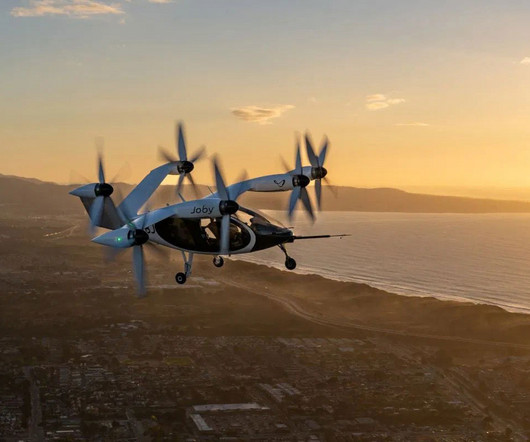

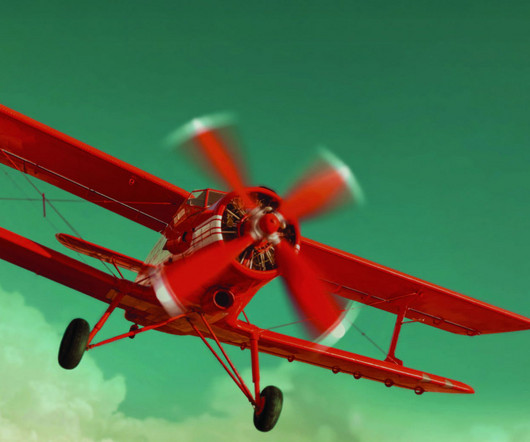
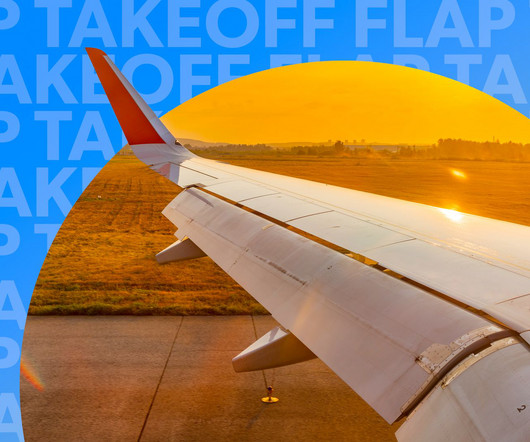
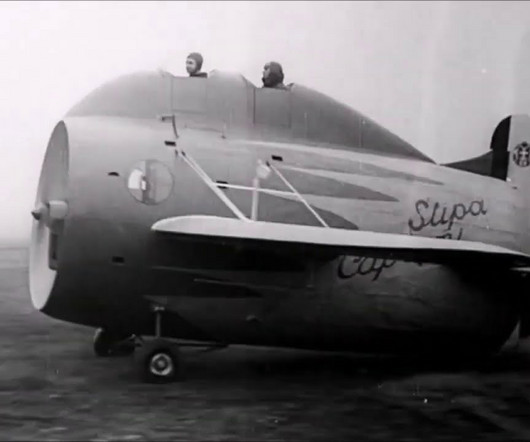
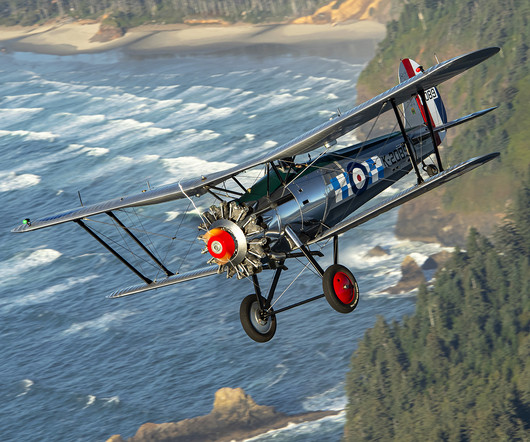
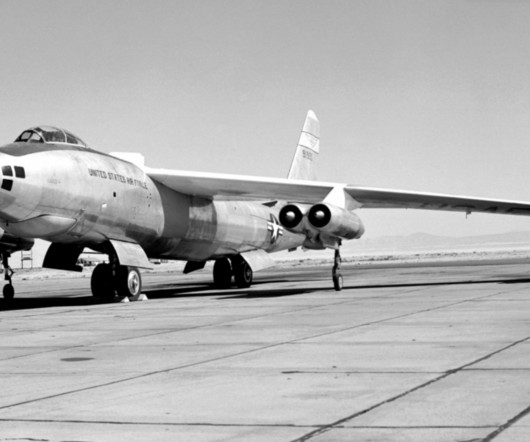
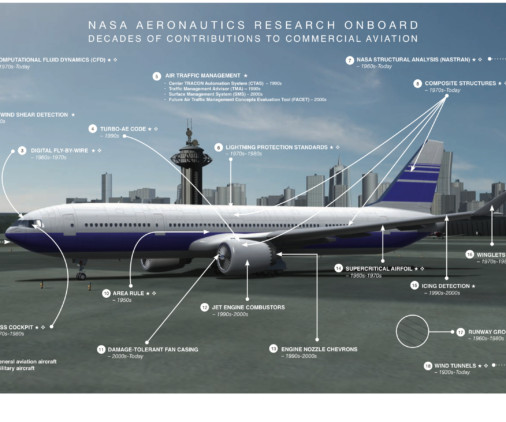

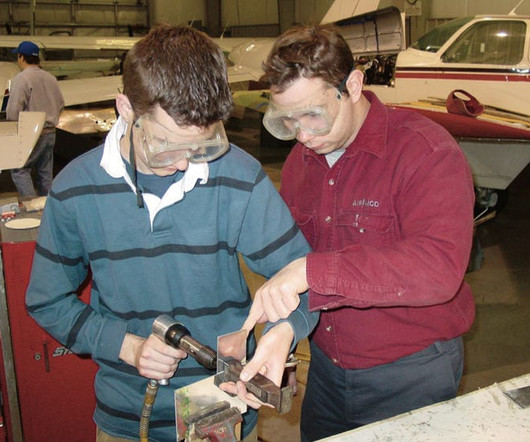







Let's personalize your content